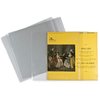BEST in Audiophile Vinyl , New Release & Classics
Categories LP/CD Inner/Outer Sleeves 10" EP HDPE Japanese Inner Sleeves Anti-Static
Categories LP/CD Inner/Outer Sleeves 7" Single HDPE 1.6mil Tonar Inner Sleeves Anti-Static 5983 Nostatic 160 Gauge
Categories LP/CD Inner/Outer Sleeves 7" Single Mylar Japanese Outer Sleeves Resealable
Categories LP/CD Inner/Outer Sleeves 12" LP HDPE 1.6mil Inner Sleeves Anti-Static Tonar Nostatic 5961 160 Gauge
Categories LP & CD Inner & Outer Sleeves 12" LP HDPE 3.5mil Inner Sleeve Anti-Static 350 Gauge
Categories LP/CD Inner/Outer Sleeves 12" LP HDPE Mobile Fidelity MoFi Original Master Record Sleeves Inner Sleeves Anti-Static
Categories LP/CD Inner/Outer Sleeves 12" LP HDPE Nagaoka Discfile 102 ( RS-LP ) Inner Sleeves Anti-Static
Categories LP & CD Inner & Outer Sleeves 12" LP 5.0mil Polypropylene Outer Sleeve Tonar 5979 500 Gauge
Categories LP & CD Inner & Outer Sleeves 10" EP 2.0mil Polypropylene Outer Sleeve 200 Gauge
Categories LP & CD Inner & Outer Sleeves 7" Single 4.0mil Polypropylene Outer Sleeve 400 Gauge
10" EP HDPE Japanese Inner Sleeves Anti-Static
Product no.: INN10/JAPANIn stock
£0.17
Price includes VAT, plus delivery
Available delivery methods: UK Tracked with Signature, Airmail Standard, UK Express, Airmail Tracked with Signature, UK Standard
* Prices include VAT, plus delivery
Customers who bought this product also bought
|
|
|
|
|
|
|
* Prices include VAT, plus delivery
Browse this category: LP/CD Inner/Outer Sleeves
7" Single HDPE 1.6mil Tonar Inner Sleeves Anti-Static 5983 Nostatic 160 Gauge
Product no.: INN7/5983In stock
£0.21
Price includes VAT, plus delivery
Available delivery methods: UK Tracked with Signature, UK Express, Airmail Tracked with Signature, UK Standard, Heavy Item
![#DescriptionLine[html]](/WebRoot/epagesUK/Shops/eshop943300/54B7/942E/F4A6/17FB/A79F/0A0C/05EA/EDB2/spin-care-premium-7-anti-static-inner-vinyl-record-sleeves-pack-of-50-new-1e064a01a3e4fefd17d9def289353481_1_m.jpg)
![#DescriptionLine[html]](/WebRoot/epagesUK/Shops/eshop943300/54B7/942E/F4A6/17FB/A79F/0A0C/05EA/EDB2/spin-care-premium-7-anti-static-inner-vinyl-record-sleeves-pack-of-50-new-1e064a01a3e4fefd17d9def289353481_1_m.jpg)
![#DescriptionLine[html]](/WebRoot/epagesUK/Shops/eshop943300/54B7/942E/F4A6/17FB/A79F/0A0C/05EA/EDB2/spin-care-premium-7-anti-static-inner-vinyl-record-sleeves-pack-of-50-new-1e064a01a3e4fefd17d9def289353481_1_m.jpg)
![#DescriptionLine[html]](/WebRoot/epagesUK/Shops/eshop943300/54B7/942E/F4A6/17FB/A79F/0A0C/05EA/EDB2/spin-care-premium-7-anti-static-inner-vinyl-record-sleeves-pack-of-50-new-1e064a01a3e4fefd17d9def289353481_1_m.jpg)
![#DescriptionLine[html]](/WebRoot/epagesUK/Shops/eshop943300/54B7/942E/F4A6/17FB/A79F/0A0C/05EA/EDB2/spin-care-premium-7-anti-static-inner-vinyl-record-sleeves-pack-of-50-new-1e064a01a3e4fefd17d9def289353481_1_m.jpg)
![#DescriptionLine[html]](/WebRoot/epagesUK/Shops/eshop943300/54B7/942E/F4A6/17FB/A79F/0A0C/05EA/EDB2/spin-care-premium-7-anti-static-inner-vinyl-record-sleeves-pack-of-50-new-1e064a01a3e4fefd17d9def289353481_1_m.jpg)
![#DescriptionLine[html]](/WebRoot/epagesUK/Shops/eshop943300/54B7/942E/F4A6/17FB/A79F/0A0C/05EA/EDB2/spin-care-premium-7-anti-static-inner-vinyl-record-sleeves-pack-of-50-new-1e064a01a3e4fefd17d9def289353481_1_m.jpg)
* Prices include VAT, plus delivery
Customers who bought this product also bought
|
|
|
|
|
|
|
* Prices include VAT, plus delivery
Browse this category: LP/CD Inner/Outer Sleeves
7" Single Mylar Japanese Outer Sleeves Resealable
Product no.: MY7/JAPAN
£0.16
Price includes VAT, plus delivery
Available delivery methods: UK Tracked with Signature, UK Express, Airmail Tracked with Signature, UK Standard, Heavy Item
* Prices include VAT, plus delivery
Customers who bought this product also bought
|
|
|
|
|
|
|
* Prices include VAT, plus delivery
Browse this category: LP/CD Inner/Outer Sleeves
12" LP HDPE 1.6mil Inner Sleeves Anti-Static Tonar Nostatic 5961 160 Gauge
Product no.: INN12/5961In stock
£0.29
Price includes VAT, plus delivery
Available delivery methods: UK Tracked with Signature, Airmail Standard, UK Express, Airmail Tracked with Signature, UK Standard
![#DescriptionLine[html]](/WebRoot/epagesUK/Shops/eshop943300/5403/48D3/83B0/B8EF/0020/0A0C/05E0/AFA1/LP10_I_1_m.jpg)
![#DescriptionLine[html]](/WebRoot/epagesUK/Shops/eshop943300/5403/48D3/83B0/B8EF/0020/0A0C/05E0/AFA1/LP10_I_1_m.jpg)
![#DescriptionLine[html]](/WebRoot/epagesUK/Shops/eshop943300/5403/48D3/83B0/B8EF/0020/0A0C/05E0/AFA1/LP10_I_1_m.jpg)
![#DescriptionLine[html]](/WebRoot/epagesUK/Shops/eshop943300/5403/48D3/83B0/B8EF/0020/0A0C/05E0/AFA1/LP10_I_1_m.jpg)
![#DescriptionLine[html]](/WebRoot/epagesUK/Shops/eshop943300/5403/48D3/83B0/B8EF/0020/0A0C/05E0/AFA1/LP10_I_1_m.jpg)
![#DescriptionLine[html]](/WebRoot/epagesUK/Shops/eshop943300/5403/48D3/83B0/B8EF/0020/0A0C/05E0/AFA1/LP10_I_1_m.jpg)
![#DescriptionLine[html]](/WebRoot/epagesUK/Shops/eshop943300/5403/48D3/83B0/B8EF/0020/0A0C/05E0/AFA1/LP10_I_1_m.jpg)
* Prices include VAT, plus delivery
Customers who bought this product also bought
|
|
|
|
|
|
|
* Prices include VAT, plus delivery
Browse this category: LP/CD Inner/Outer Sleeves
12" LP HDPE 3.5mil Inner Sleeve Anti-Static 350 Gauge
Product no.: INN12/3.5/S
£0.17
Price includes VAT, plus delivery
Available delivery methods: UK Tracked with Signature, UK Express, UK Standard, Heavy Item
* Prices include VAT, plus delivery
Customers who bought this product also bought
|
|
|
|
|
|
|
* Prices include VAT, plus delivery
Browse this category: LP/CD Inner/Outer Sleeves
12" LP HDPE Mobile Fidelity MoFi Original Master Record Sleeves Inner Sleeves Anti-Static
Product no.: INN12/MFSLIn stock
£0.49
Price includes VAT, plus delivery
Available delivery methods: UK Tracked with Signature, Airmail Standard, UK Express, Airmail Tracked with Signature, UK Standard, Heavy Item
![#DescriptionLine[html]](/WebRoot/epagesUK/Shops/eshop943300/51AE/0076/128D/0AEA/B401/C0A8/0ADD/ED31/Mobile_Fidelity_Record_Inner_Sleeves_m.jpg)
![#DescriptionLine[html]](/WebRoot/epagesUK/Shops/eshop943300/51AE/0076/128D/0AEA/B401/C0A8/0ADD/ED31/Mobile_Fidelity_Record_Inner_Sleeves_m.jpg)
![#DescriptionLine[html]](/WebRoot/epagesUK/Shops/eshop943300/51AE/0076/128D/0AEA/B401/C0A8/0ADD/ED31/Mobile_Fidelity_Record_Inner_Sleeves_m.jpg)
![#DescriptionLine[html]](/WebRoot/epagesUK/Shops/eshop943300/51AE/0076/128D/0AEA/B401/C0A8/0ADD/ED31/Mobile_Fidelity_Record_Inner_Sleeves_m.jpg)
![#DescriptionLine[html]](/WebRoot/epagesUK/Shops/eshop943300/51AE/0076/128D/0AEA/B401/C0A8/0ADD/ED31/Mobile_Fidelity_Record_Inner_Sleeves_m.jpg)
![#DescriptionLine[html]](/WebRoot/epagesUK/Shops/eshop943300/51AE/0076/128D/0AEA/B401/C0A8/0ADD/ED31/Mobile_Fidelity_Record_Inner_Sleeves_m.jpg)
* Prices include VAT, plus delivery
Customers who bought this product also bought
|
|
|
|
|
|
|
* Prices include VAT, plus delivery
Browse this category: LP/CD Inner/Outer Sleeves
12" LP HDPE Nagaoka Discfile 102 ( RS-LP ) Inner Sleeves Anti-Static
Product no.: INN12/NAG
£0.39
Price includes VAT, plus delivery
Available delivery methods: UK Tracked with Signature, UK Express, Airmail Tracked with Signature, UK Standard, Heavy Item
![#DescriptionLine[html]](/WebRoot/epagesUK/Shops/eshop943300/5307/FA7D/CD94/4408/171F/0A0C/05E9/8D55/RS-LP2_m.jpg)
![#DescriptionLine[html]](/WebRoot/epagesUK/Shops/eshop943300/5307/FA7D/CD94/4408/171F/0A0C/05E9/8D55/RS-LP2_m.jpg)
![#DescriptionLine[html]](/WebRoot/epagesUK/Shops/eshop943300/5307/FA7D/CD94/4408/171F/0A0C/05E9/8D55/RS-LP2_m.jpg)
![#DescriptionLine[html]](/WebRoot/epagesUK/Shops/eshop943300/5307/FA7D/CD94/4408/171F/0A0C/05E9/8D55/RS-LP2_m.jpg)
![#DescriptionLine[html]](/WebRoot/epagesUK/Shops/eshop943300/5307/FA7D/CD94/4408/171F/0A0C/05E9/8D55/RS-LP2_m.jpg)
![#DescriptionLine[html]](/WebRoot/epagesUK/Shops/eshop943300/5307/FA7D/CD94/4408/171F/0A0C/05E9/8D55/RS-LP2_m.jpg)
![#DescriptionLine[html]](/WebRoot/epagesUK/Shops/eshop943300/5307/FA7D/CD94/4408/171F/0A0C/05E9/8D55/RS-LP2_m.jpg)
* Prices include VAT, plus delivery
Customers who bought this product also bought
|
|
|
|
|
|
|
* Prices include VAT, plus delivery
Browse this category: LP/CD Inner/Outer Sleeves
12" LP 5.0mil Polypropylene Outer Sleeve Tonar 5979 500 Gauge
Product no.: PP12/5.0/5979In stock
£0.65
Price includes VAT, plus delivery
Available delivery methods: UK Tracked with Signature, UK Express, Airmail Tracked with Signature, UK Standard, Heavy Item
![#DescriptionLine[html]](/WebRoot/epagesUK/Shops/eshop943300/569E/9578/149C/2AB3/69B9/0A0C/05BE/EBCE/mfsl1-256_m.jpg)
![#DescriptionLine[html]](/WebRoot/epagesUK/Shops/eshop943300/569E/9578/149C/2AB3/69B9/0A0C/05BE/EBCE/mfsl1-256_m.jpg)
![#DescriptionLine[html]](/WebRoot/epagesUK/Shops/eshop943300/569E/9578/149C/2AB3/69B9/0A0C/05BE/EBCE/mfsl1-256_m.jpg)
![#DescriptionLine[html]](/WebRoot/epagesUK/Shops/eshop943300/569E/9578/149C/2AB3/69B9/0A0C/05BE/EBCE/mfsl1-256_m.jpg)
![#DescriptionLine[html]](/WebRoot/epagesUK/Shops/eshop943300/569E/9578/149C/2AB3/69B9/0A0C/05BE/EBCE/mfsl1-256_m.jpg)
* Prices include VAT, plus delivery
Customers who bought this product also bought
|
|
|
|
|
|
|
* Prices include VAT, plus delivery
Browse this category: LP/CD Inner/Outer Sleeves
10" EP 2.0mil Polypropylene Outer Sleeve 200 Gauge
Product no.: PP10/2.0In stock
£0.16
Price includes VAT, plus delivery
Available delivery methods: UK Tracked with Signature, UK Express, Airmail Tracked with Signature, UK Standard, Heavy Item
* Prices include VAT, plus delivery
Customers who bought this product also bought
|
|
|
|
|
|
|
* Prices include VAT, plus delivery
Browse this category: LP/CD Inner/Outer Sleeves
7" Single 4.0mil Polypropylene Outer Sleeve 400 Gauge
Product no.: PP7/4.0In stock
£0.11
Price includes VAT, plus delivery
Available delivery methods: UK Tracked with Signature, UK Express, Airmail Tracked with Signature, UK Standard, Heavy Item
* Prices include VAT, plus delivery
Customers who bought this product also bought
|
|
|
|
|
|
|
* Prices include VAT, plus delivery
Browse this category: LP/CD Inner/Outer Sleeves


![#DescriptionLine[html]](/WebRoot/epagesUK/Shops/eshop943300/5279/5FE4/B485/39D4/83CE/0A0C/05ED/F15E/LP10_I_1_1_m.jpg)




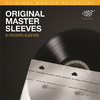

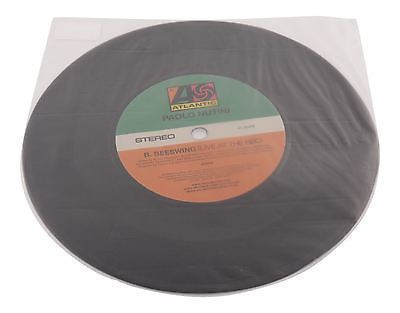
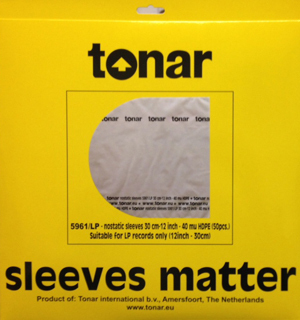
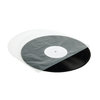


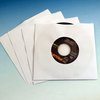


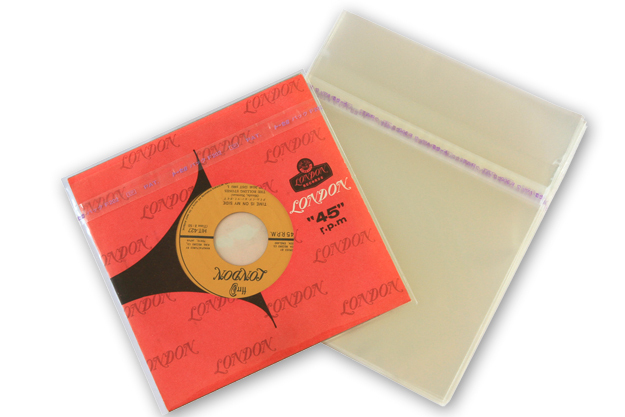
![#DescriptionLine[html]](/WebRoot/epagesUK/Shops/eshop943300/5420/3438/680D/0364/3F85/0A0C/05ED/CFF7/S_A_2_m.jpg)


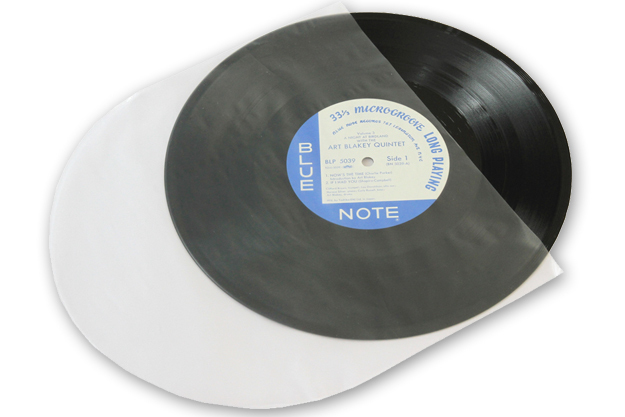

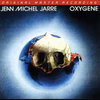




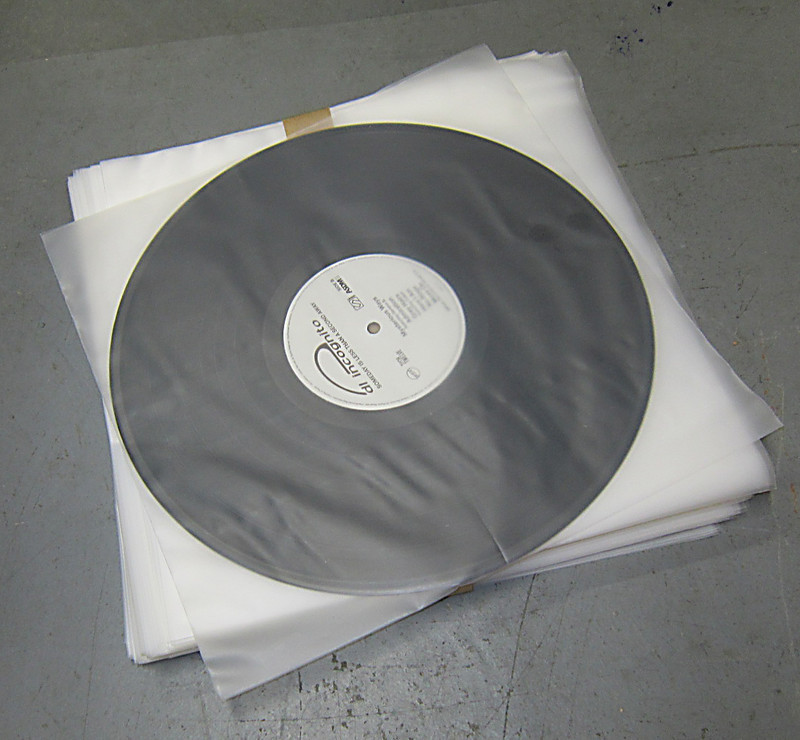
![#DescriptionLine[html]](/WebRoot/epagesUK/Shops/eshop943300/58E8/FC28/3718/8C09/AF08/0A0C/05BE/9B70/v12innerpolysleeve_800_1_m.jpg)

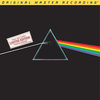



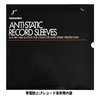
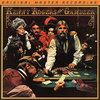

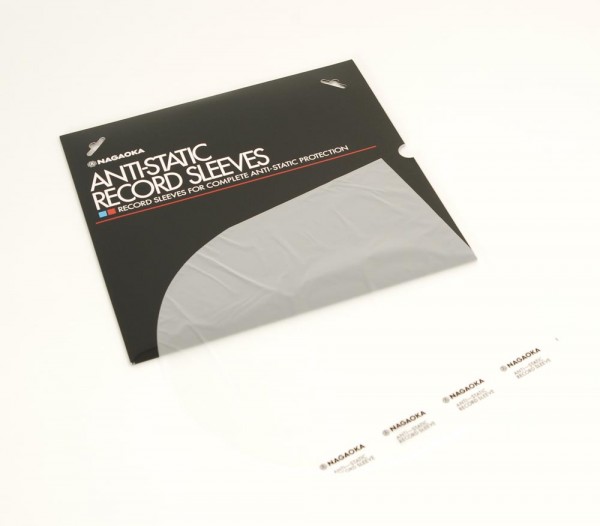
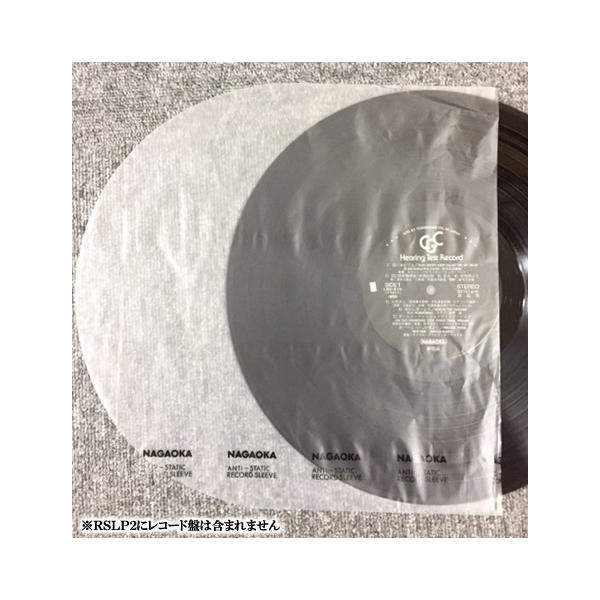

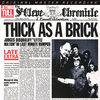

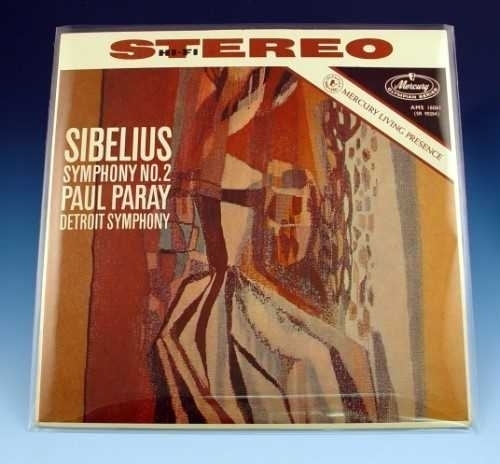


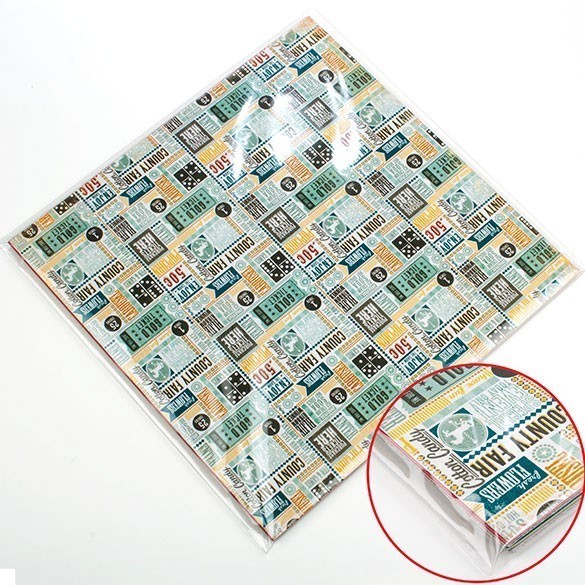 ......
......![#DescriptionLine[html]](/WebRoot/epagesUK/Shops/eshop943300/5855/1686/A084/7674/461A/0A0C/05BE/61F8/blp1new-2_2_m.jpg)
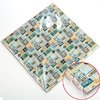

 ...
... ...
...![#DescriptionLine[html]](/WebRoot/epagesUK/Shops/eshop943300/5830/953F/F44B/E43C/DCF0/0A0C/05BE/4F82/blp1nf_m.jpg)
